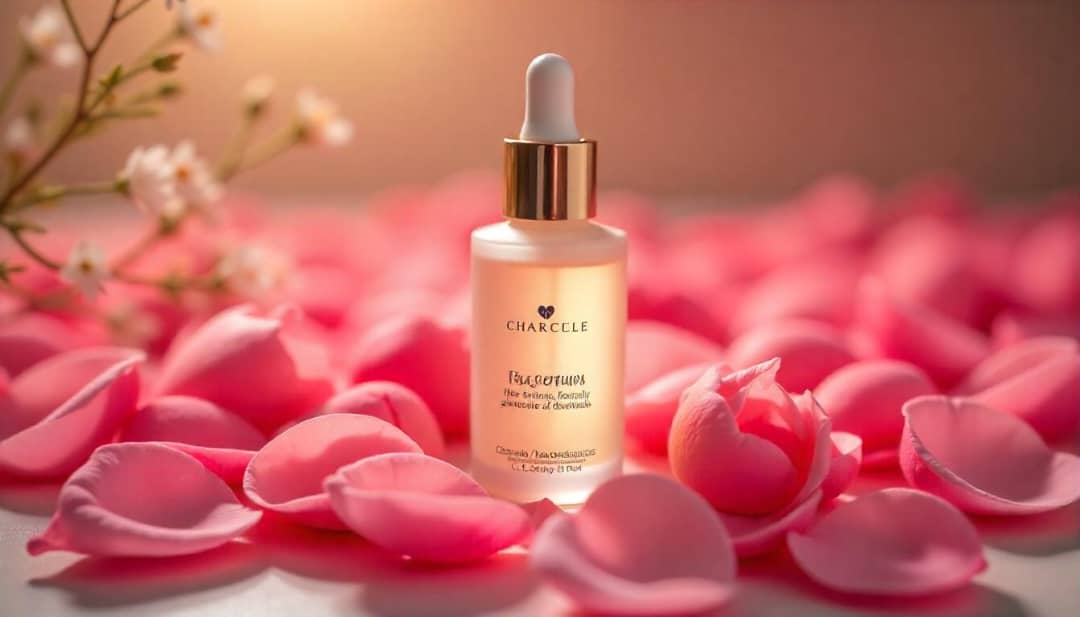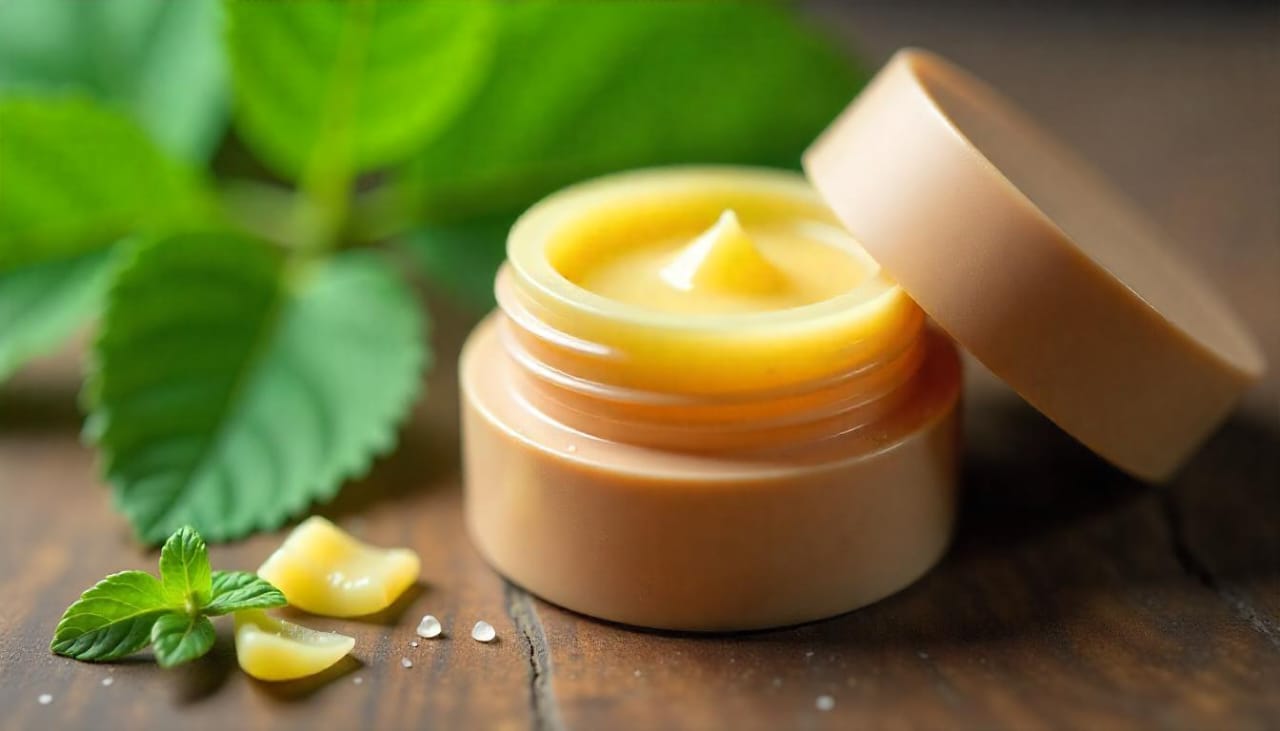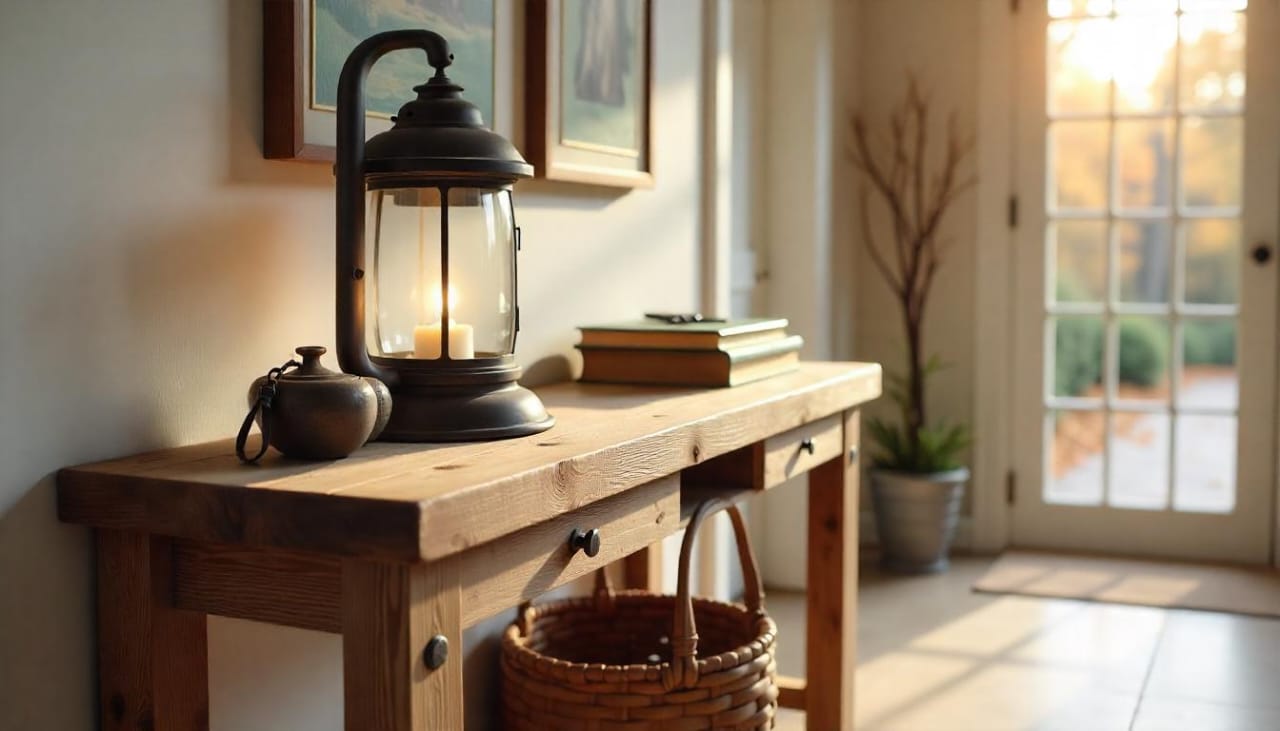When it comes to crafting the perfect DIY lip balm, the butter you choose makes all the difference. Butters are the heart and soul of a good balm—they give it body, deliver rich nourishment, and form a protective barrier that locks in moisture. Whether you’re aiming for ultra-hydration, a glossy finish, or a soothing touch for dry, cracked lips, there’s a natural butter out there for you. In this guide, we’ll dive into the best butters for DIY lip balm, including classic favorites like shea and cocoa, as well as lesser-known gems like mango and kokum butter. Ready to upgrade your balm game? Let’s butter up!
Shea Butter: The Queen of Lip Butters
Shea butter is a cult favorite in the world of natural skincare—and for good reason. Derived from the nuts of the shea tree native to Africa, this rich, creamy butter is packed with vitamins A and E, essential fatty acids, and anti-inflammatory compounds. It’s a go-to ingredient in lip balm recipes because of its deep moisturizing abilities, smooth texture, and skin-soothing benefits.
What makes shea butter especially great for lips is its ability to penetrate deeply without leaving a greasy residue. It helps heal cracked lips, softens rough patches, and provides long-lasting hydration even in cold or dry weather. Use unrefined shea butter for maximum benefits and that nutty, earthy scent—or opt for refined if you prefer a neutral base.
Cocoa Butter: Sweet, Silky, and Soothing
If you love the idea of your lip balm smelling like dessert, cocoa butter is your best friend. Made from roasted cacao beans, cocoa butter is rich, luxurious, and has a natural chocolate aroma that feels indulgent every time you apply it. But it’s not just about the scent—it’s also incredibly effective at preventing moisture loss and protecting your lips from environmental stressors.
Cocoa butter is slightly firmer than shea, which makes it ideal for balms that need a more solid consistency, especially in warmer climates. It’s excellent for those with sensitive or chapped lips, and its antioxidant content helps promote overall lip health. Blend it with oils like coconut or almond to balance out the texture and add extra nourishment.
Mango Butter: Lightweight, Non-Greasy, and Nourishing
Mango butter might not be as well-known as shea or cocoa, but it’s quickly gaining popularity among DIY skincare lovers. Extracted from the seeds of mangoes, this butter is lighter and less greasy, making it perfect for people who prefer a silky finish without too much shine.
Rich in vitamins A and C, mango butter helps repair skin, boost collagen production, and soothe irritated lips. It absorbs easily, making it a fantastic choice for summer lip balms or daytime use. It pairs beautifully with fruity essential oils like orange, grapefruit, or lemon (just make sure they’re lip-safe and non-photosensitizing!).
Kokum Butter: The Firm and Healing Option
For those who want a firmer balm with serious healing properties, kokum butter is a hidden gem. Derived from the seeds of the kokum tree native to India, this butter is hard at room temperature but melts easily on contact with skin. It has powerful regenerative properties, making it a great option for severely cracked or inflamed lips.
Kokum butter is also non-comedogenic and odorless, which makes it an ideal base for those who are sensitive to scents or who want to highlight their chosen essential oil blend. Use it in combination with softer butters like shea or mango to balance the texture and enhance spreadability.
Other Butters to Explore
While the four butters above are most common in lip care, there are a few others worth exploring, depending on your needs and availability:
- Avocado butter: Ultra-rich and moisturizing, ideal for mature or very dry lips.
- Illipe butter: Offers firmness like kokum but with a smoother application.
- Cupuaçu butter: A tropical alternative to cocoa butter with better water retention.
These specialty butters can be harder to find but are well worth experimenting with if you’re looking to create a signature balm or level up your formulations.
Which Butter Is Best for You?
The best butter for your DIY lip balm depends on your preferences, climate, and lip care needs. Here’s a quick comparison to help you decide:
| Butter | Texture | Scent | Best For |
|---|---|---|---|
| Shea | Creamy, rich | Nutty/Earthy | Daily moisture, healing cracked lips |
| Cocoa | Firm, rich | Chocolatey | Protection, firmer balms |
| Mango | Light, silky | Mild/Neutral | Lightweight hydration, summer use |
| Kokum | Hard, non-greasy | Odorless | Healing, long-lasting balms |
Final Thoughts: Create a Butter-Based Balm That Works for You
Natural butters are the backbone of any nourishing DIY lip balm. Whether you stick to a classic like shea or cocoa, or experiment with exotic options like kokum and cupuaçu, each butter offers unique benefits to elevate your lip care routine. The beauty of making your own balm is that you can mix and match butters, oils, and scents to find the perfect combo that suits your lips—and your lifestyle. So go ahead and experiment. Your lips will thank you with every smooth, buttery swipe.





Leave a Reply